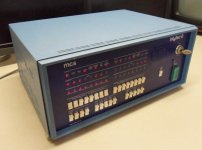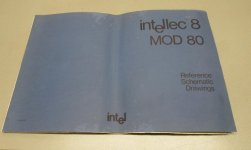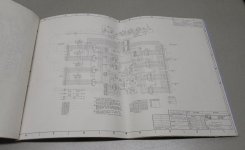Roland Huisman
Veteran Member
So where do I post this one? Can I call it pre Altair?





I've picked it up this evening. I've really no idea about any prices for these things.
But I think 25 euro for the machine and 5 euro for the documentation was just a 'give away'
So I gave the man 50 euro's, really he was surprised The thing really looks like new.
The thing really looks like new.
The machine seems to work. I have to figure out what kind of cards are inside.
I wonder were there any floppy interfaces for these computers? I have no idea about the
amount of memory and what OS I can run on it. But I really like the machine. A lot to explore
Regards, Roland





I've picked it up this evening. I've really no idea about any prices for these things.
But I think 25 euro for the machine and 5 euro for the documentation was just a 'give away'
So I gave the man 50 euro's, really he was surprised
The machine seems to work. I have to figure out what kind of cards are inside.
I wonder were there any floppy interfaces for these computers? I have no idea about the
amount of memory and what OS I can run on it. But I really like the machine. A lot to explore
Regards, Roland
